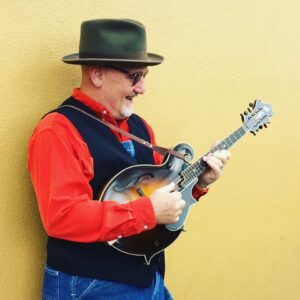 Nancy Bounds began her yoga journey years ago, dabbling with college courses in beginning yoga. Life happened; 3 children, 2 divorces and a long, very stressful career at AT&T. She came away from my AT&T experience diagnosed with fibromyalgia and chronic fatigue and realized she had to do something to get her health back on track. She returned to yoga as a way to heal and be nourished again.
Nancy Bounds began her yoga journey years ago, dabbling with college courses in beginning yoga. Life happened; 3 children, 2 divorces and a long, very stressful career at AT&T. She came away from my AT&T experience diagnosed with fibromyalgia and chronic fatigue and realized she had to do something to get her health back on track. She returned to yoga as a way to heal and be nourished again.
In 2000, her yoga study intensified. This included studying anatomy, yoga philosophy, asana practice, breath-work, yoga therapy, etc. After a very rigorous certification program and multiple classes a week, she became a yoga teacher. To date she has taught over 18,000 hours, while continuing to attend instructor workshops and training classes regularly to deepen her knowledge. Being very intrigued with the human body, Nancy helps students come into their optimal energetic blueprint.
Nancy has studied with many of the top yoga instructors and educators in the United States including John Friend, Betsey Downing, Desiree Rumbaugh, Doug Keller, Jenny Otto, Max Strom and Leslie Kaminoff. As with music, Nancy has found that each teacher brings their own style and method to the practice-and she strives to incorporate a joy of being alive, a sense of humor, and a deep understanding of the yogic practice to each session and student.
Nancy is a full time Realtor, Yoga Instructor and lover of all kinds of music (particularly Bluegrass) and outdoor activities. For each of her professions she continues with professional development and education, maintaining rigorous standards of practice…for yoga, that includes a designated ERT-500.
“I believe that the practice of yoga is something that is available to everyone regardless of physical ability and age. I hope to be able to continue teaching and practicing yoga and enjoying music for the duration of my life.” – Nancy



